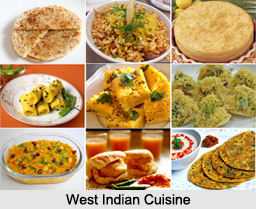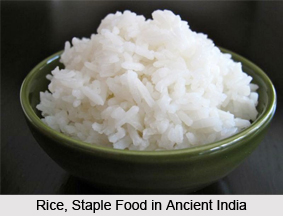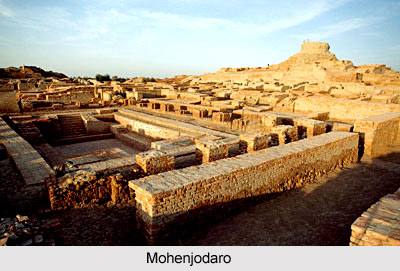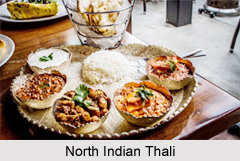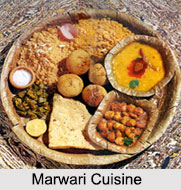 Marwari Cuisine is the cuisine of the people from the erstwhile princely state of Marwar in Rajasthan. It is primarily vegetarian and offers a fabulous variety of dishes. The cooking style used is mainly based on the natural climatic conditions of the desert land from where the Marwari people have originated. Food that lasted for several days and that could be eaten without heating was preferred, more out of necessity than choice.
Marwari Cuisine is the cuisine of the people from the erstwhile princely state of Marwar in Rajasthan. It is primarily vegetarian and offers a fabulous variety of dishes. The cooking style used is mainly based on the natural climatic conditions of the desert land from where the Marwari people have originated. Food that lasted for several days and that could be eaten without heating was preferred, more out of necessity than choice.
Features of Marwari Cuisine
Marwari cooking has its own unique flavour where the simplest and the most basic of ingredients go into the preparation of most of the dishes. There are some specific reasons for the use of some specific ingredients. Most Marwari food is based on dried ingredients that is readied and kept. The harsh climate along with the insufficiency of a lot of ingredients has formed the traditional cuisine of this region of Rajasthan. Most Marwari cuisine adds ghee to the dishes in the raw form, oil is hardly used. The dish is prepared and ghee is added on top, which is the best way to consume fat.
The Marwari vegetarian food comes in two varieties; one is consumed by the local people who use various types of spices and herbs and the other one is the food consumed by the Marwari Jains. The Marwari Jain people prepare food without using onions, garlic or any ingredient grown under the soil, except ginger and groundnuts.
Delicacies of Marwari Cuisine
In Marwari cuisine, the use of gram flour and curds is very common to make innumerable dishes, each tasting distinctly different from the other. "Gatta", "Chilla", "Kadhi", "Pitthor", "Pakodi Ki Sabzi", all of these have gram flour and curds as the main ingredient. Since the state witnesses a variety of seasons, various flours such as bajra, makai, jawari are used in rotis, porridge, dhoklas and even in raitas. Some of the breakfast dishes are "Bajre Ka Khichdaa", "Makai Ki Ghaat", "Moong Dal Khichdi", "Matar Makai Ka Dhokla" are forms of porridge served during winter.
A typical Marwari family will not waste food and the leftovers of any of these are used as the main ingredient for a "Raita" during lunch. For a tea-time snack, lentils are soaked and then ground to a fine paste, mixed with spices to prepare "Mangodi", pearl-sized nuggets which are stashed in tins and come handy throughout the year.
Marwari dishes offer an amazing variety and depth of flavours. Despite having unique limitations, both Marwari and Jain cuisines have established a distinctive and popular culinary identity.
